
DoD releases guidance to protect forces from novel coronavirus
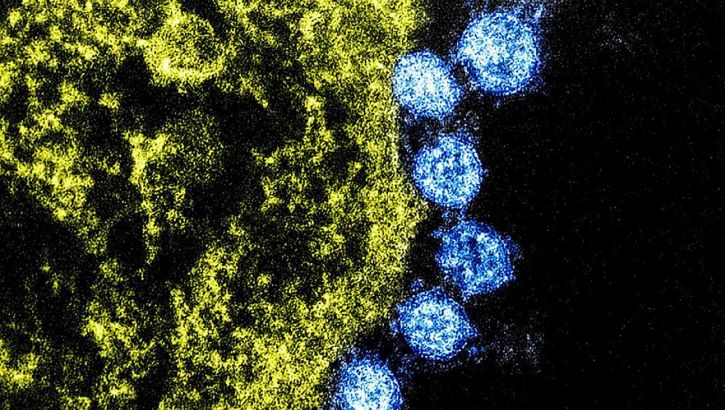
The novel coronavirus is a variant of other coronaviruses, such as this colorized transmission electron micrograph of Middle East respiratory syndrome (MERS) virus particles (blue) found near the periphery of an infected VERO E6 cell (yellow). Image captured and color-enhanced at the NIAID Integrated Research Facility in Fort Detrick, Maryland. (Photo by NIAID)
As the novel coronavirus continues to spread, the Department of Defense has established a Spotlight page to disseminate the latest information on the outbreak and to highlight coordination efforts with other organizations throughout the U.S. government. Acting Undersecretary of Defense for Personnel and Readiness Matthew P. Donovan released a guidance letter for force health protection specifically relating to the novel coronavirus. In it, Donovan states that DoD will follow guidance by the Centers of Disease Control and Prevention. While DoD personnel are not specifically at risk of exposure to the novel coronavirus, the fact that service members and their families travel internationally and throughout the U.S. means they should take additional precautions to avoid risk.
The CDC issued new guidance on precautionary steps health practitioners, service members, and their families should take to avoid contracting the virus. For health care professionals, the CDC has provided guidance to avoid additional risk from patients who may have been exposed to coronavirus. After identifying a person at risk or patient under investigation based on symptoms and exposure history, those suspected of illness should wear a face mask and be evaluated in a private room with a closed door or placed in an airborne infection isolation room if available.
The best way for most people to avoid getting sick, according to the CDC, is by implementing standard infection control procedures:
- Wash hands with soap and water for at least 20 seconds
- If soap and water is not available, use an alcohol-based hand sanitizer that contains at least 60-percent alcohol
- Avoid touching eyes, nose, and mouth with unwashed hands
- Avoid close contact with anyone who is sick
- Clean and disinfect frequently touched objects and surfaces
The CDC has also warned against all nonessential travel to China. For recent travelers to China, the CDC recommends close monitoring for any changes in their health for at least 14 days after travel. If recent travelers develop a cough or have difficulty breathing, they should avoid contact with others and inform their health care providers about symptoms and recent travel. Anyone currently sick should avoid travel.
The World Health Organization has issued a rare public health emergency of international concern regarding the novel coronavirus, while the U.S. State Department issued travel guidance recommending travelers reconsider any plans to visit China. Further, on Jan. 23, the State Department ordered the departure of all nonemergency U.S. personnel and their family members from Wuhan, China, where the novel coronavirus was first discovered.
Please visit the Health.mil coronavirus web page for the latest information.
Coronavirus: What providers, patients should know
Article
1/24/2020
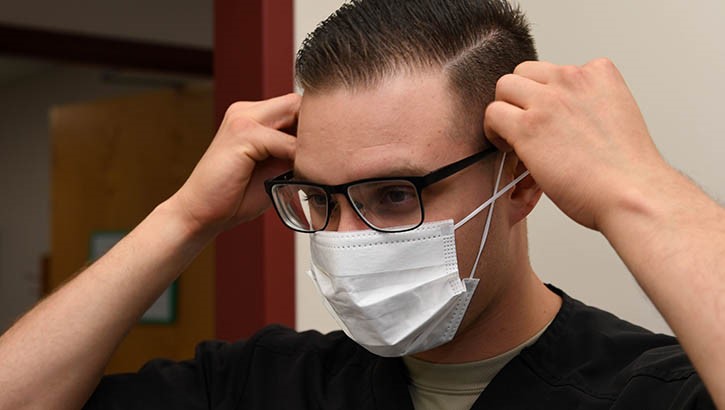
What to do now that virus has appeared in U.S.
DTRA contributes to historic Ebola vaccine effort
Article
1/17/2020

U.S. Food and Drug Administration approves new Ebola vaccine
Air Force International Health Specialist builds medical capability in Iraq
Article
12/30/2019
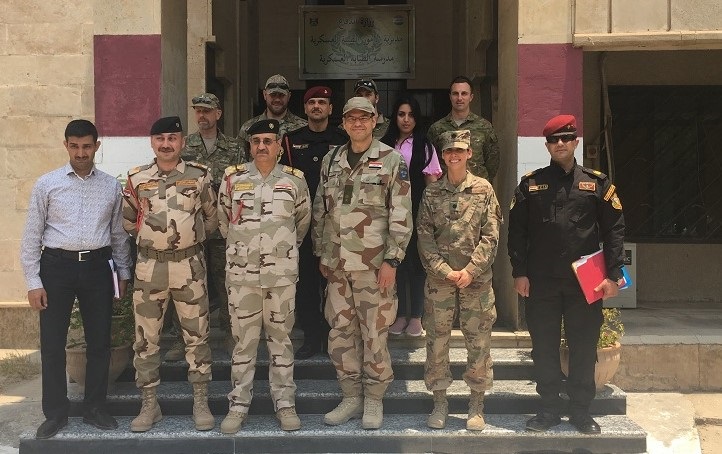
Cowden’s work facilitated the exchange of medical knowledge and practices between Kurdish and Iraqi security forces.
Global Health Engagement strengthens partnerships
Article
12/20/2019
.ashx?h=68&la=en&mw=120&w=120&hash=EFEB174C823214FB196EAB6A1BDA54165C083899FA1B8379BCC5E324DA381782)
GHE advances U.S. national security interests around the world
Network of researchers advancing warfighter readiness
Article
12/4/2019
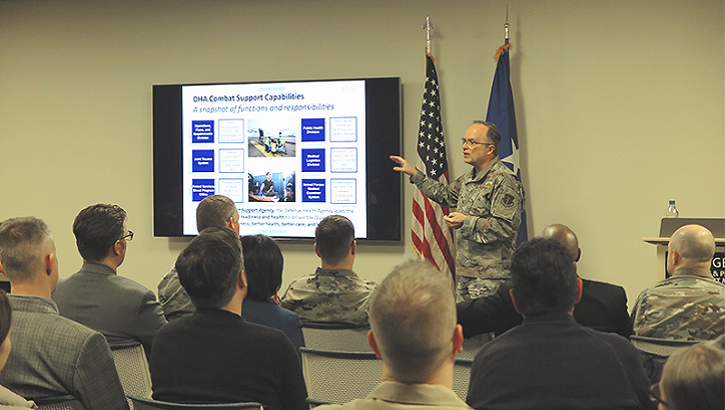
In fiscal year 2020, GEIS awarded approximately $60 million to more than 20 DoD laboratories and U.S. government partners
Ship-based Global Health Engagement
Article
12/4/2019
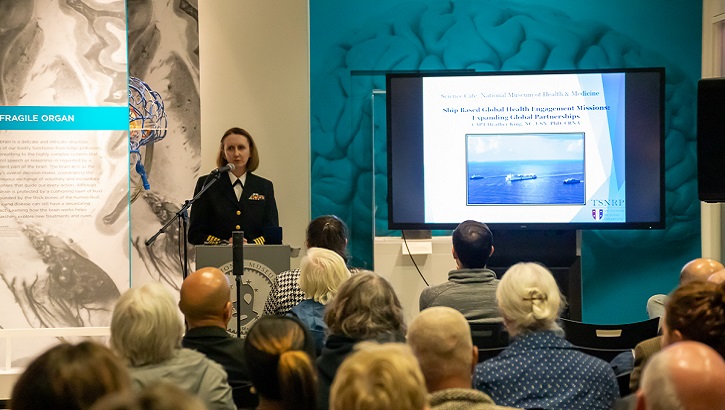
Global health engagement is an important priority for military medicine
World AIDS Day puts spotlight on landmark DoD study
Article
12/2/2019
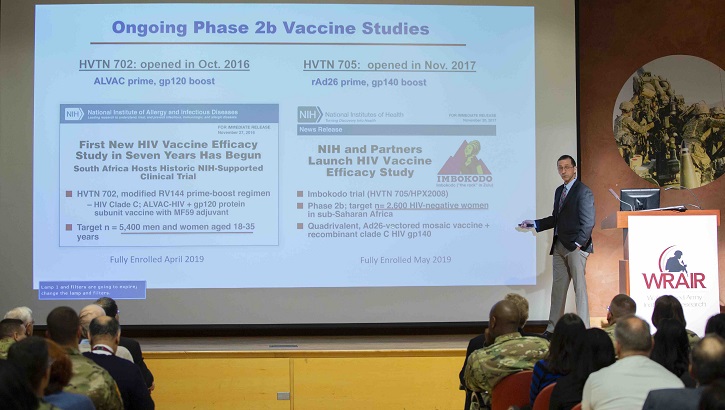
Vaccine study shows infection risk lowered by 31 percent, offering hope for future
MSMR Vol. 26 No. 12 - December 2019
Report
12/1/2019
A monthly publication of the Armed Forces Health Surveillance Branch. This issue of the peer-reviewed journal contains the following articles: Editorial: Mitigating the risk of disease from tick-borne encephalitis in U.S. military populations; Tick-borne encephalitis surveillance in U.S. military service members and beneficiaries, 2006–2018; Case report: Tick-borne encephalitis virus infection in beneficiaries of the U.S. military healthcare system in southern Germany; Update: Cold weather injuries, active and reserve components, U.S. Armed Forces, July 2014–June 2019
Antibiotic resistance a serious threat that's growing, CDC warns
Article
11/15/2019

Newly published paper outlines issue, offers possible solutions
USNS Comfort strengthens partnership with Jamaica
Article
11/7/2019
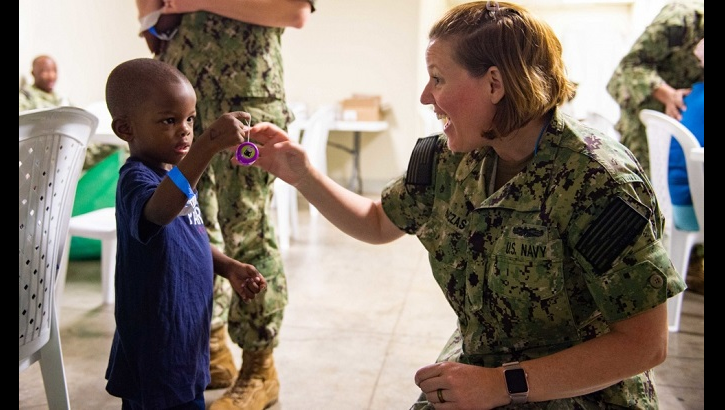
This marks the Comfort’s third visit to Jamaica
MSMR Vol. 26 No. 11 - November 2019
Report
11/1/2019
A monthly publication of the Armed Forces Health Surveillance Branch. This issue of the peer-reviewed journal contains the following articles: Editorial: Mitigating the risk of disease from tick-borne encephalitis in U.S. military populations; Tick-borne encephalitis surveillance in U.S. military service members and beneficiaries, 2006–2018; Case report: Tick-borne encephalitis virus infection in beneficiaries of the U.S. military healthcare system in southern Germany; Update: Cold weather injuries, active and reserve components, U.S. Armed Forces, July 2014–June 2019
Honduran MEDRETEs provide invaluable surgical, training opportunities
Article
10/30/2019
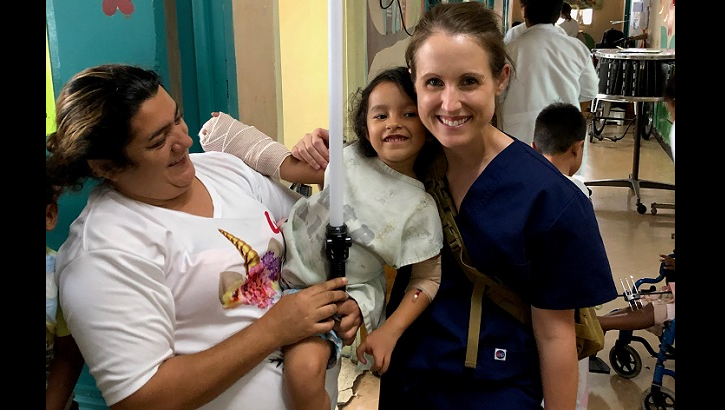
MEDRETEs play a critical role in the training and readiness of military medical personnel
Comfort strengthens partnership following successful medical mission
Article
10/21/2019
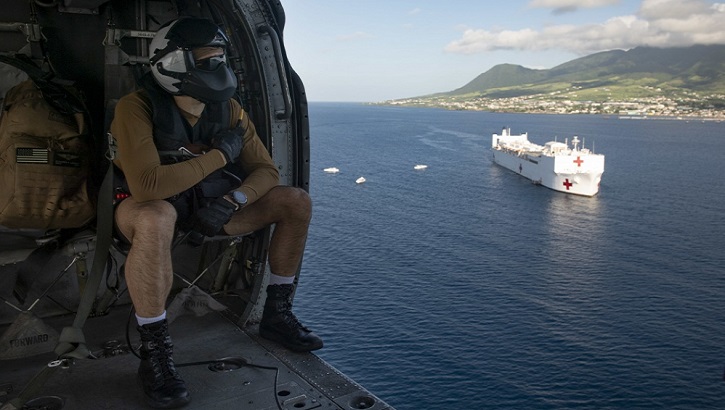
More than 800 medical professionals provided care for 3,677 patients
Military exchanges extinguish vape sales
Article
10/18/2019

The long-term effects of vaping are unknown and not understood
MSMR Vol. 26 No. 10 - October 2019
Report
10/1/2019
A monthly publication of the Armed Forces Health Surveillance Branch. This issue of the peer-reviewed journal contains the following articles: Editorial: The Department of Defense/Veterans Affairs Vision Center of Excellence; Absolute and relative morbidity burdens attributable to ocular and vision-related conditions, active component, U.S. Armed Forces, 2018; Incidence and temporal presentation of visual dysfunction following diagnosis of traumatic brain injury, active component, U.S. Armed Forces, 2006–2017; Incidence and prevalence of selected refractive errors, active component, U.S. Armed Forces, 2001–2018; Incident and recurrent cases of central serous chorioretinopathy, active component, U.S. Armed Forces, 2001–2018






















.png)











No hay comentarios:
Publicar un comentario